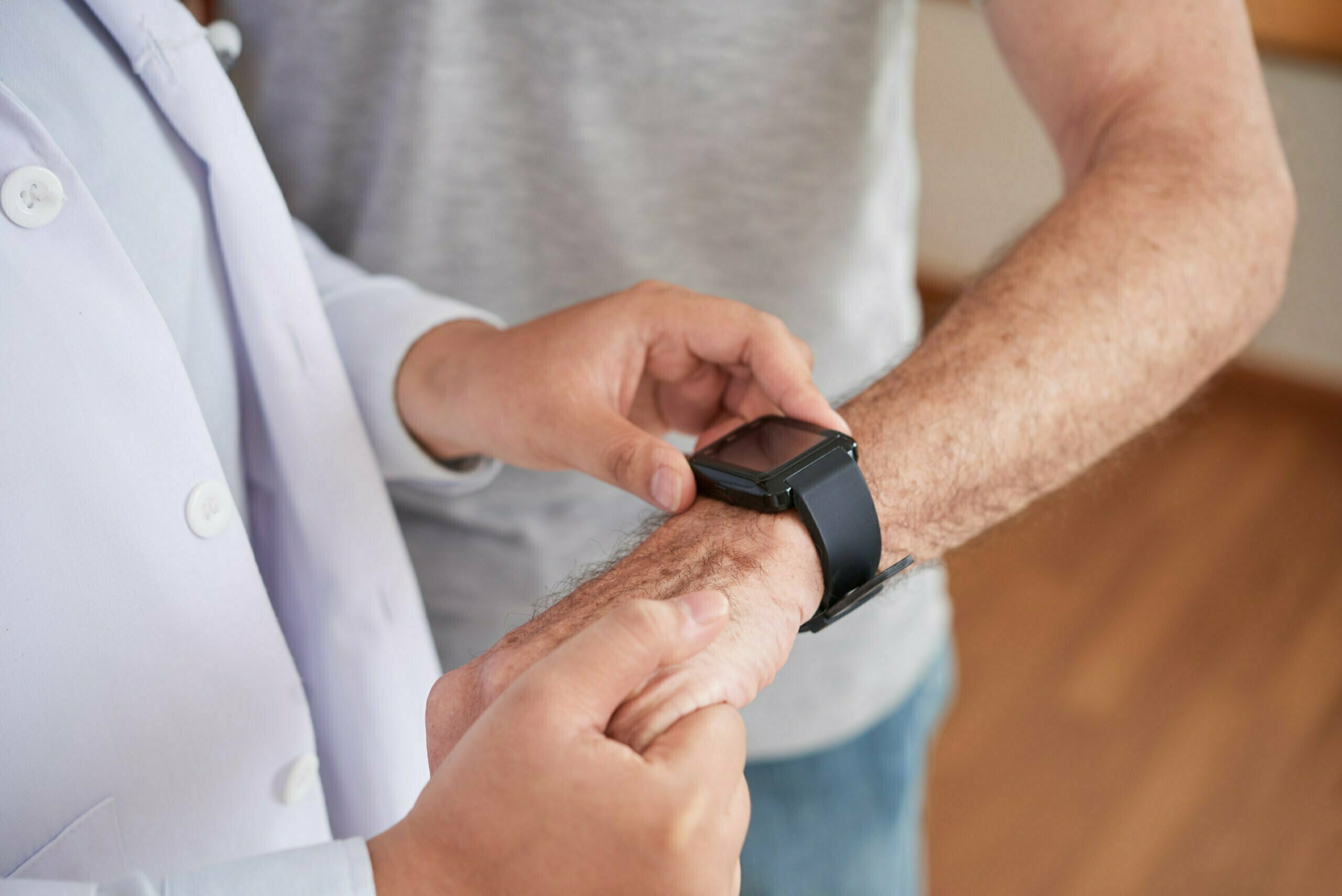Whether at an emergency room or the doctor’s clinic, measuring vital signs is the first step in providing a general picture of a patient’s condition. It can also assist doctors in identifying whether a patient’s condition deteriorates or improves. Among the important vital signs are blood pressure, heart rate, temperature, and respiratory rate.
What is respiratory rate?
Respiratory rate (RR) refers to the number of breaths taken per minute. It represents ventilation or the process of moving air in and out of the lungs. In a traditional setting, measuring RR is done by counting how many times your chest rises in a minute.
With adults, RR is acceptable between 12 to 20 bpm (breaths per minute), but readings vary according to the patient’s age and medical condition. When patients have low oxygen levels in their blood, the body attempts to maintain oxygen levels by increasing their respiratory rate. Likewise, an RR of <8 bpm can be as potentially dangerous as an RR of >25 bpm.
Why is respiratory rate not often emphasized?
While respiratory rate is an important vital sign, it was perceived as “not as important” as other vital signs due to poor monitoring and lack of reliable RR monitoring devices. Manual measurement of RR needs to be counted over a full minute to gain an accurate result. In practice, measuring respiratory rate can be challenging as patients may alter their breathing during the monitoring process. Providers would usually count respirations while appearing to check radial pulse to prevent such inaccurate measurements.
Pulse oximeters have been gaining more popularity today because of its easy usage, and it provides a good estimation of oxygen saturation in the blood (SpO2). However, measuring SpO2 should not replace respiratory rate as both measure different vital signs. By correlating RR, SpO2, and other vital signs with the patient’s symptoms, providers would better understand the patient’s condition rather than simply relying on one parameter.
RELATED: COVID-19 and the Surge of Pulse Oximeters
Why is respiratory rate important during COVID-19?
A low or high RR can indicate many things, but when a patient is at rest and is experiencing increased respirations, it may warn of possible respiratory conditions.
According to WHO, there are 140 million confirmed cases of COVID-19, including 3 million deaths. Current COVID-19 guidelines suggest measuring resting RR to guide triage decisions, diagnosis, prognosis, and as a criterion for ICU admission and the early recognition of COVID-19 patient deterioration. A resting value of RR > 30 bpm is a critical sign for diagnosing severe pneumonia in adults. A COVID-19 patient with a higher RR is associated with an increased risk of deteriorating than their counterparts with normal RR.
A timely recognition with the aid of RR helps providers intervene and make decisions on the use of supplemental oxygen to support patients with difficulty breathing. By predicting a poor patient condition, it warrants decisions from doctors to admit patients in ICU. An improving RR from high to normal values can also signify clinical improvement from COVID-19 infection.
Digital health solutions with RPM (Remote Patient Monitoring)
Despite the relevance of this vital sign in COVID-19, opportunities to improve RR monitoring are continuing to develop today. DrKumo, the leader in next-generation RPM, provides a top-of-the-line smartwatch bundled with numerous features such as BP, SpO2, respiratory rate, heart rate, body temperature, and ECG monitoring.
RELATED: Smartwatch as a Wearable Healthcare Monitoring Device
DrKumo’s smartwatch, as wearable technology, utilizes photoplethysmography (PPG) to measure respiratory rate. With its continuous monitoring features, the availability of a large number of accurate RR through IoMT will improve patient data analysis. Furthermore, the accuracy of diagnoses will further contribute to better patient crisis management that will benefit not only during the pandemic but also during the next years.
Potential limitations and biases
In remote patient monitoring, the patient’s health data are taken into account to aid with the health care provider’s clinical decision-making. RR measurements are not intended to be a sole diagnostic tool and should be correlated with clinical symptoms such as shortness of breath, muscle pain, loss of smell and taste, fever, sore throat, etc. Variability among vital signs can guide future tests and treatment. Regardless of sensor modality, RR measurements are complicated by motion artifacts and are best taken by rest.
Takeaway
In essence, respiratory rate is still an important vital sign and should not be replaced by a pulse oximeter to assess a patient’s respiration. Future research and development should aim at more flexible sensor solutions for prolonged periods of continuous monitoring among our wearable devices. With COVID-19 being a catalyst in seeking more advances in digital health, RPM has the potential to monitor all vital signs more accurately, even beyond the pandemic.








